 |
This web site cannot provide comprehensive information regarding vegetation management in ponds, since that subject goes well beyond issues of fish management. However, since pond owners are frequently concerned about managing vegetation, a few links to source of information on that subject are provided. More comprehensive information on the management of pond plants can be found on the Cornell Department of Natural Resources web-site. |
Plant identification assistance is available from the Ohio Department of Natural Resources at the following site for: 1) submerged, 2) floating, and & 3) emergent plants
| In general, it is important to note that many smaller life stages of fish require aquatic vegetation as sources of prey (which are often found in and among the vegetation) and as refuges from predators. Any angler will tell you that fish are frequently found near "weed beds," particularly members of the sunfish family, including largemouth and smallmouth bass. Anglers will also tell you that lakes without any vegetation are generally very poor locations to fish, and that lakes choked with vegetation also contain few fish of desirable size. Therefore, removing all vegetation from a pond is likely to diminish its capacity to sustain fish populations, and the goal is to maintain some sort of balance between too much and too little vegetation. That's difficult to accomplish in small ponds, since these aquatic ecosystems are not large enough to maintain a diversity of habitats -- and the tendency is for the pond to revert to a single habitat type. |  |
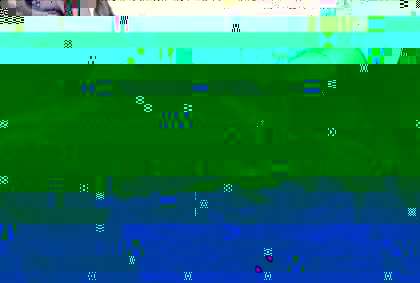 Grass carp (image: Dr. Michael Masser, Texas A&M University) |
Grass carp are so good at eating aquatic plants that stocking too many of them can easily result in a total loss of vegetation within your pond. To maintain sufficient plant populations covering approximately 20-30% of the pond's surface area, it is important to be conservative when stocking grass carp. Initial recommendations for the first stocking depend on the current plant density within your pond: stock 5 fish/acre for low plant density, 10 for medium and 15 fish/acre for high plant densities. |
Observe how the plant population responds, and adjust up or down in future years. In ponds which already contain largemouth bass, it is best to stock grass carp which are at least 8" long. Stocking grass carp during late spring seems to be the most effective time of year. Plants are beginning to grow but the water temperatures and dissolved oxygen content are still favorable. Carp do have feeding preferences and will generally not control emergent vegetation species such as cattail or bulrush. Most grass carp prefer species of Hydrilla, Potamogeton, Ceratophyllum, Najas, Elodea, however carp will consume other plants as well.
Click here
for more information on grass carp.
Back
to top
